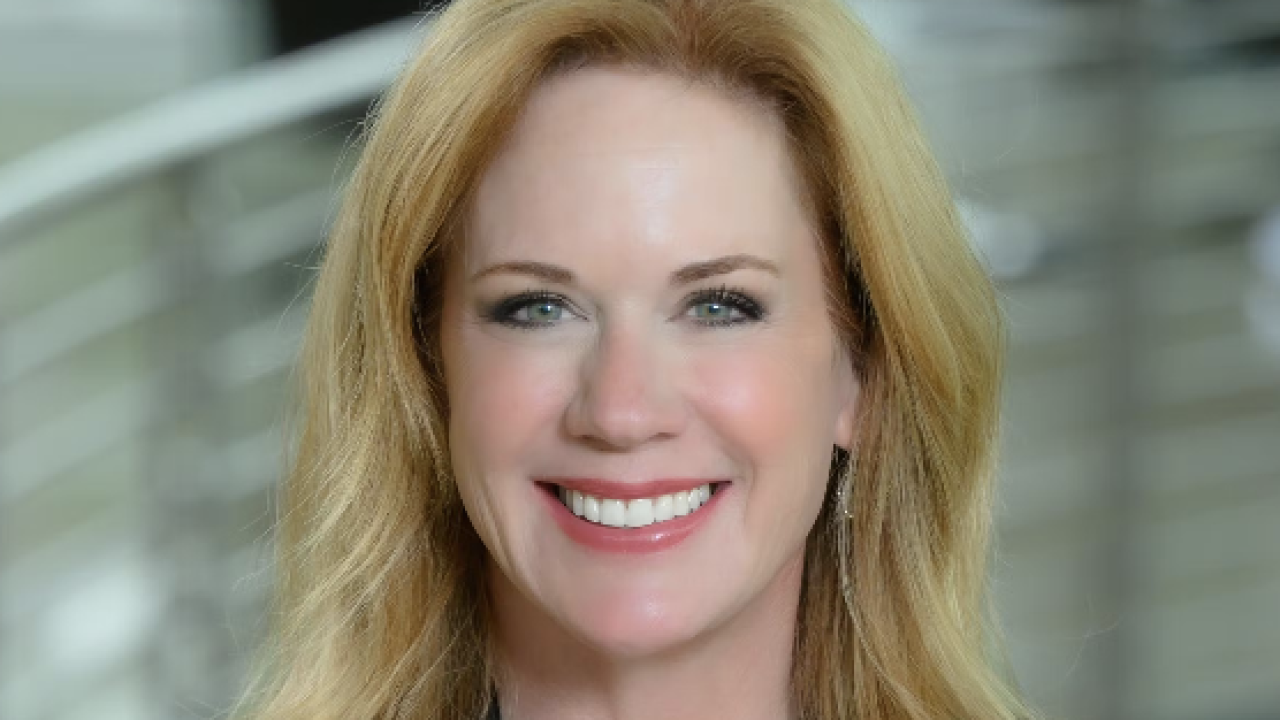Freddie Mac's next bond with exposure to actual losses on mortgages only features loans with loan-to-value ratios of over 80%.
The $872 million Structured Agency Credit Risk 2015-HQA1 transfers exposure to credit losses on a pool of single-family loans acquired by Freddie Mac between Aug. 1 and Nov. 30, 2014 with an unpaid principal balance of more than $19 billion.
The reference pool consists of a subset of 30-year, fixed-rate,
The offered notes have a 12.5-year legal final maturity and an early redemption option once the aggregate unpaid principal balance of the reference pool becomes less than or equal to 10% of the original balance or on or after September 2025.
The transaction is the 15th credit risk transaction and the third to offer investors
In previous offerings STACR measured losses used a "fixed severity" approach. Essentially, investors take a hit once loans referenced in these deals are delinquent for more than 180 days. Loans six months behind on payments are assumed to be headed for default and a portion of the principal of these loans is repaid. The portion of the principal repaid is determined by the typical loss severity on loans in the reference pool.
Expanding the pool to higher LTV mortgages provides a slim margin of safety against potential home price declines, and both leverage ratios are significantly higher than those typically seen in nonagency prime RMBS transactions, according to Kroll Bond Rating Agency. Kroll and Fitch Ratings are rating the deal.
Although a high level of equity in the property is generally the best deterrent of default, particularly when home prices come under stress; Kroll found that the severity of loss in Freddie securitization pools with LTVs of 61% to 80%, without mortgage insurance, were generally higher than losses experienced on high LTV loans with mortgage insurance. "The credit impact of MI coverage led to lower observed loss severities for higher LTV loans in most vintages," said Kroll.
Approximately 99% of the borrowers have active MI policies as of the cut-off date, with borrower-paid mortgage insurance and lender-paid mortgage insurance accounting for 78.4% and 20.8%, respectively. The pool's weighted average mortgage insurance coverage level is approximately 26.6%, which provides a considerable measure of loss protection in the event of borrower default.
Merrill Lynch Pierce, Fenner and Smith Inc. and Nomura Securities are joint bookrunners on the latest deal; Deutsche Bank and BNP Paribas will serve as co-managers.
Freddie holds the senior loss risk, a portion of the risk in Class A-H, M-1H, M-2H, M-3H and B-H reference tranches. The Class B-H represents Freddie Mac's retention of a 58.7% share of the first 1% of loss, while Classes M-1H, M-2H and M-3H collectively represent 17.4% of the mezzanine stack.





